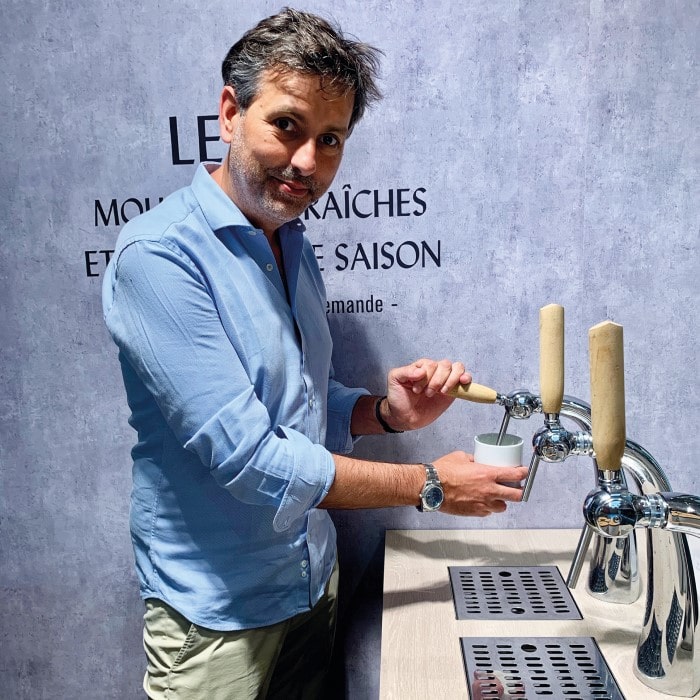New Life for Historic Vinegar

Patrice Bertrand discovers how a pair of businessmen are breathing new life into a maître vinaigrier in Orléans, the home of an historic vinegar industry.
Orléans, the city in the Loire Valley historically known as the place where Joan of Arc led the French to victory over England in 1429 during the Hundred Years War, was at one time the largest producer of vinegar in France. Since Orléans was the main trading city for wine from the Loire Valley, it was only natural that vinegar would be a by-product and at its height, in the early 1900s, there was a thriving vinegar industry with more than 400 factories. Fast forward to the early 2000s and nearly all the vinegar factories in Orléans were gone, replaced by larger and more commercial manufacturers in other parts of France.
HISTORIC OPPORTUNITY
David Matheron and his business partner, Paul-Olivier Claudepierre, both worked as executives at large business conglomerates in Paris for many years and wanted to leave the corporate world to start a new business or take over an existing company. In 2019, they bought Orléans-based Martin-Pouret, an historic vinegar factory founded in 1797, which was miraculously still family-owned. The owner was near retirement age and none of his family members wanted to continue to operate the business, so it was the perfect opportunity for Matheron and Claudepierre.

Martin-Pouret set up shop in Orléans 224 years ago, and now its passionate new owners are breathing fresh life into the brand, with exciting flavours and different product lines. © M POURET
The output of Martin-Pouret was still small and Matheron and Claudepierre wanted to keep it that way so the brand would retain its prestige. However, they felt it needed to be updated and modernised, as well as catering for a more sophisticated customer. One of the first things they did was to expand the product line: Martin-Pouret now produces new flavours such as Chardonnay, Merlot, oyster, citrus, black Chinese tea, honey and apple cider, and cranberry. There’s also a selection of aged vinegars – the most prized is a vinegar aged for nine-years, which is elegantly packaged in a perfume-like glass bottle.
Martin-Pouret has expanded to include other products which complement the vinegars, including a line of mustards, jams and preserves, and pickles. The overall package design has been updated with contemporary and eye-catching graphics along with clever, retro-style illustrations.
The showroom for the reinvigorated Martin-Pouret brand is a retail boutique in downtown Orléans, a few minutes’ walk from the Sainte-Croix d’Orléans cathedral. The boutique stocks all the Martin-Pouret products, which are attractively packaged and displayed against a backdrop of contemporary design. A mustard bar in the shop offers the classic Martin-Pouret mustards dispensed from taps and packaged in white, ceramic pots topped with cork lids.
To demonstrate how to use the products, the shop offers 90-minute cooking classes with local chef Albert Mounie in a kitchen and dining space in the rear. Participants learn to cook and prepare dishes such as a ceviche of sea bass with poppy-flavoured vinegar, mango and lime; chicken with grain mustard and mushrooms; and pistachio panna cotta with vinegar infused with cranberry juice. Vinegar and mustard tastings are also offered in the kitchen space.
Martin-Pouret Boutique
11, rue Jeanne d’Arc
45000 Orléans
martin-pouret.com
From France Today magazine
Share to: Facebook Twitter LinkedIn Email
More in Food, history, vinegar
Leave a reply
Your email address will not be published. Required fields are marked *




REPLY